
Australian Giant Cuttlefish (Sepia apama) Australian Animals
The scientific name for this species of cuttlefish is "Sepia apama". Description Here is a brief description of these cuttlefishes. Mantle length: The mantle length of these fishes can go up to 50 centimeters. Weight: They can weigh up to 10.5 kilograms. Head: Giant cuttlefish has a big, flat and broad head with two large eyes.

Sepia apama Giant Cuttle
Most abundant and by far the largest local species of cuttlefish. The species can usually be recognised by the raised skin flaps, and it has three flat skin folds behind each eye. Mature animals are often curious to the point of aggressively approaching and confronting divers. The cuttlebone of this species is broad with a small spine and has a white-grey upper surface, in contrast to the pink.
Sepia apama (giant cuttlefish)Bare Island Sydney NSW r/MacroFans
The Australian giant cuttlefish, Sepia apama, is the largest cuttlefish in the world and aggregates in the cold waters off Point Lowly, Whyalla, South Australia.The annual event, commencing in May through to July, brings hundreds of thousands of cuttlefish in search of a mate to the waters off Point Lowly - the only place in the world the cuttlefish aggregate in such large numbers.
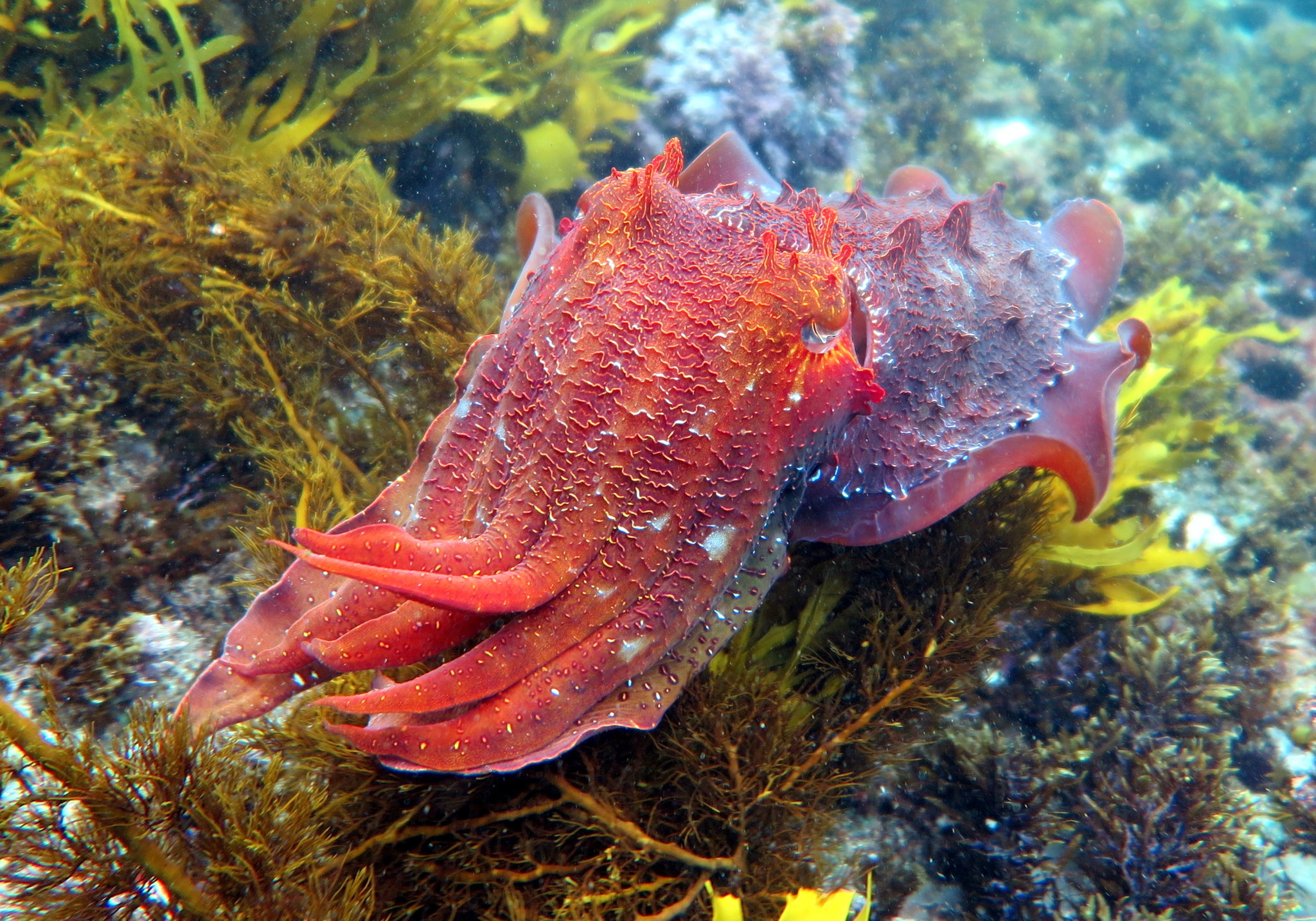
Giant Australian Cuttlefish (Sepia apama) Tomahawk, Tasmania
Sepia apama spawn from April to September, with a peak spawning period of May-June. Spectacular mass spawning occurs in the Spencer Gulf where thousands of Giant Cuttlefish congregate in relatively small patches of rocky reefs. Feeding and diet. As like other cuttlefish S. apama feeds on fishes, crabs and other crustaceans. Other behaviours and.

Sepia Apama The Pinnacle (Brush Island) Tony brown, Sea animals
Sepia apama: information (1) To cite this page: Myers, P., R. Espinosa, C. S. Parr, T. Jones, G. S. Hammond, and T. A. Dewey. 2023. The Animal Diversity Web (online). Accessed at https://animaldiversity.org. Disclaimer: The Animal Diversity Web is an educational resource written largely by and for college students. ADW doesn't cover all species.

Sepia apama Giant Cuttle
The giant Australian cuttlefish Sepia apama Gray, 1849 annually forms a massive and unique spawning aggregation in northern Spencer Gulf, South Australia, which has attracted commercial fishing interests in recent years. However, many basic life-history characteristics of S. apama are unknown, and anecdotal evidence suggests that there is more than one species. The present study assessed the.
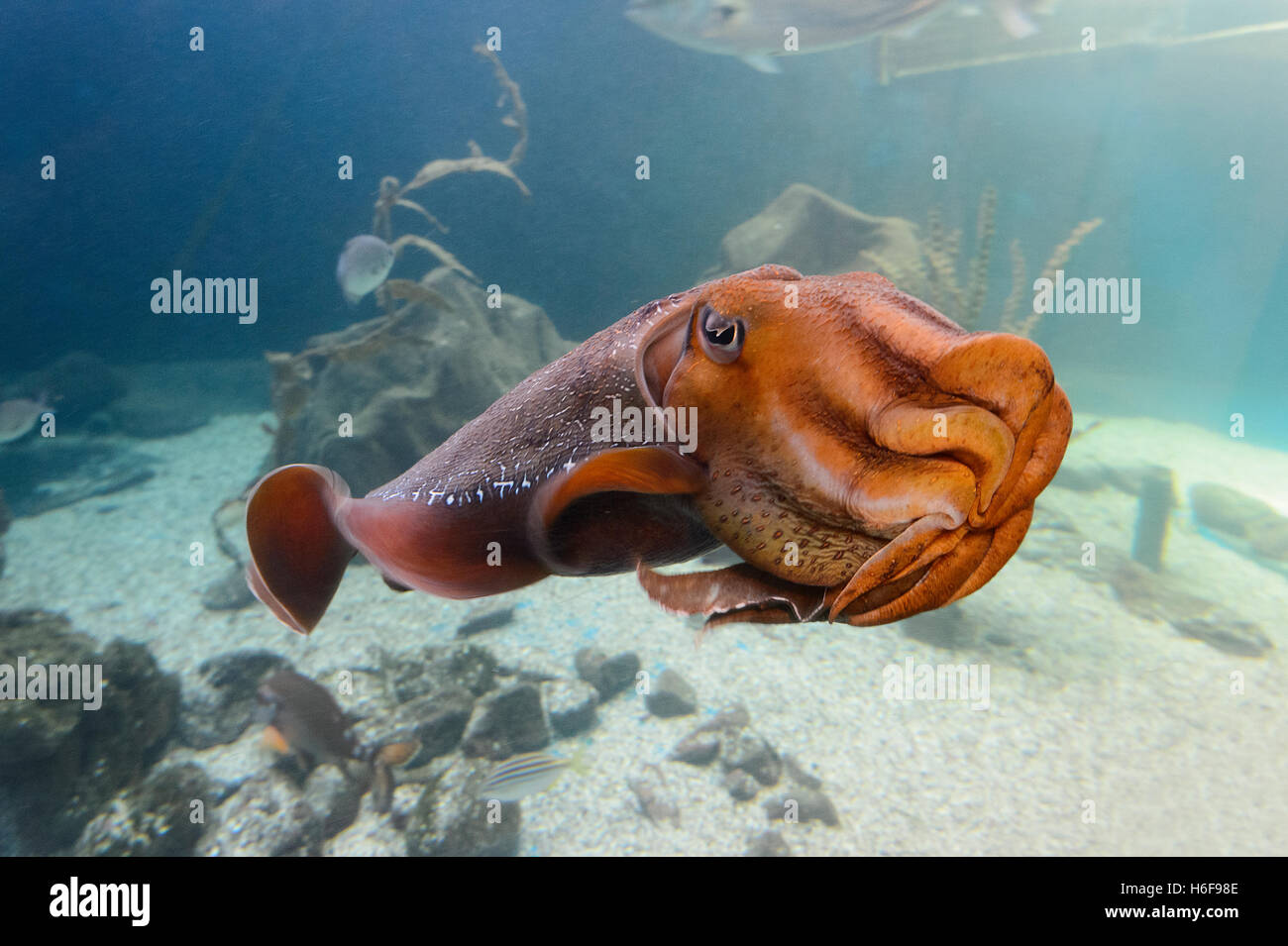
Sepia apama hires stock photography and images Alamy
The giant cuttlefish (Sepia apama) is a species of cuttlefish known for its large size and distinctive appearance. They can grow up to 20 inches (50 cm) in length and weigh up to 2.2 pounds (1 kg). The giant cuttlefish has a wide and flat body, with a unique internal shell called a cuttlebone. Its skin is covered in small, raised bumps and has.

Giant cuttlefish Sepia apama HD YouTube
Anatomy Cephalopod literally means "head foot" in Greek, a reference to the way the cephalopod's head connects to its many arms. The basic cephalopod body plan includes two eyes, a mantle, a funnel (also called a siphon), and at least eight arms.

Sepia apama Giant Cuttle
Sepia apama Weight 11 kg lbs Length 50 cm inch Giant cuttlefish also known as the Australian giant cuttlefish (scientific name Sepia apama ), is the world's largest cuttlefish species, growing to 50 cm (20 in) in mantle length and over 10.5 kg (23 lb) in weight.

Sepia apama Giant Cuttle
Sepia apama, known as the Australian giant cuttlefish, derives its common name from its geographical origin and nativity, Australia.

Sepia apama (Seiche géante australienne)
Cuttlefish - Wikipedia Cuttlefish Cuttlefish, or cuttles, are marine molluscs of the order Sepiida. They belong to the class Cephalopoda which also includes squid, octopuses, and nautiluses. Cuttlefish have a unique internal shell, the cuttlebone, which is used for control of buoyancy .
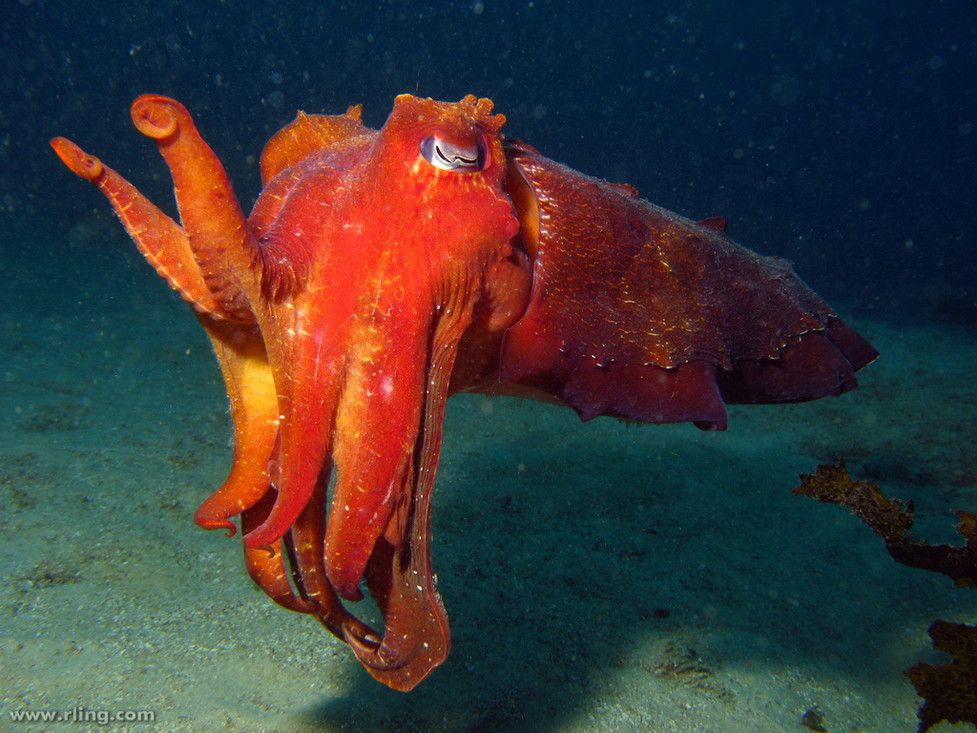
Sepia apama Natuurwijzer
This Aussie cuttlefish is the largest cuttlefish species in the world. Individuals in excess of 5 kg are not uncommon. Every year, from May to August, hundreds of thousands of giant cuttlefish gather in one place to spawn; much to the delight of scientists and divers. The location? Whyalla, a city in south Australia.

Гигантская австралийская каракатица (лат. Sepia apama)
Each winter from May to August, thousands of Australian giant cuttlefish ( Sepia apama) make their way to False Bay, northwest of Adelaide along the coast of South Australia.

Sepia apama Giant Cuttle
Sepia apama were tagged with acoustic transmitters and monitored on their native House Reef, Boston Bay, South Australia, with a radio acoustic positioning telemetry (RAPT) system. Cuttlefish were tagged with position-only and intra-mantle jet pressure transmitters. New data analyses were developed to handle problem data that arise with an uneven reef environment.

Sepia apama Giant cuttle Reef Life Survey
Sepia apama, also known as the giant cuttlefish and Australian giant cuttlefish, is the world's largest cuttlefish species, growing to 50 cm in mantle length and over 10.5 kg (23 lb) in weight. Using cells known as chromatophores, the cuttlefish can put on spectacular displays, changing color in an instant.
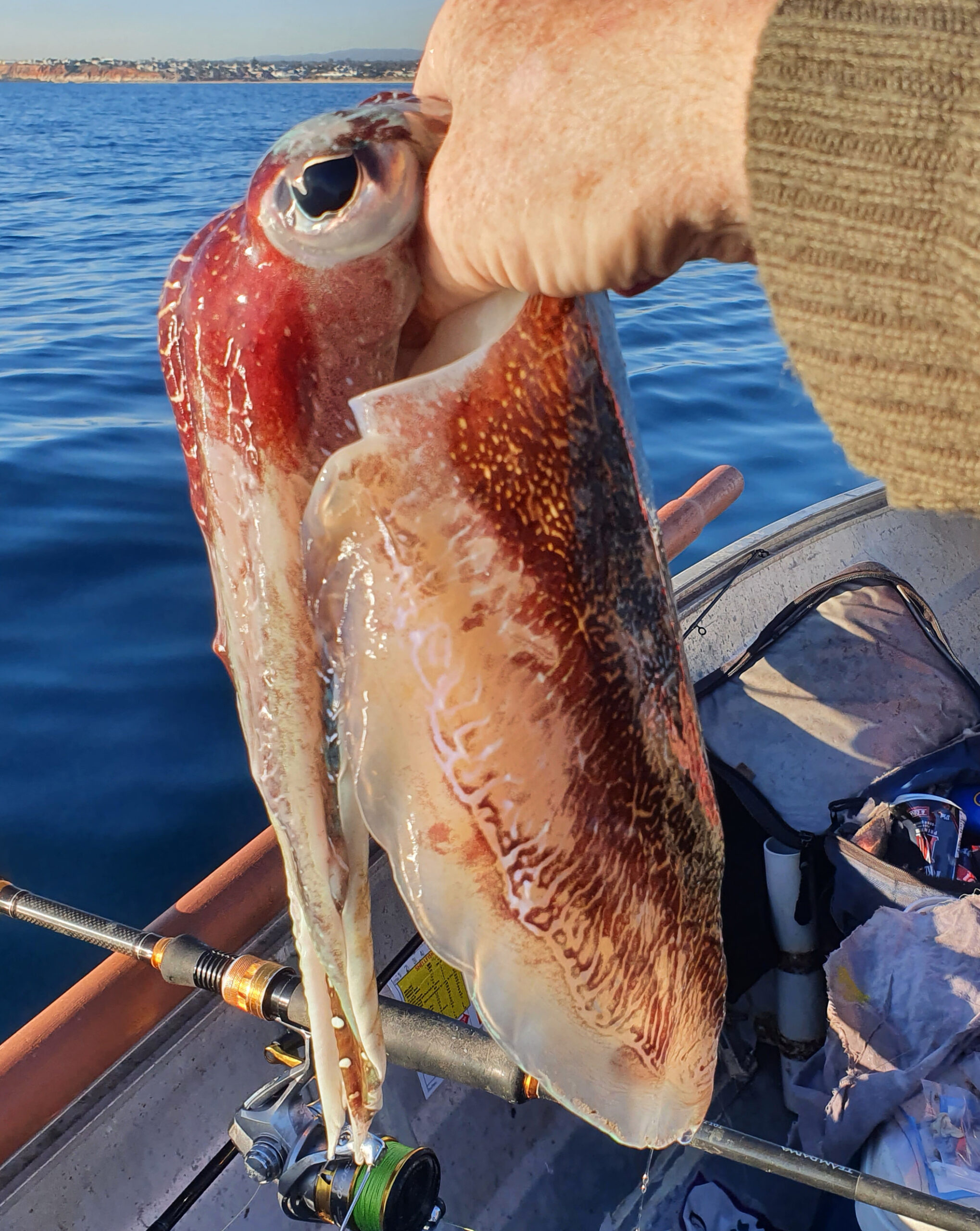
Sepia apama collection from Gulf St Vincent aims to finish 172 yearold
Depending on the species, cuttlefish range in length from 1.7 to 20 inches. The largest species is the giant cuttlefish (Sepia apama), which can reach 20 inches in mantle length and weigh over 23.